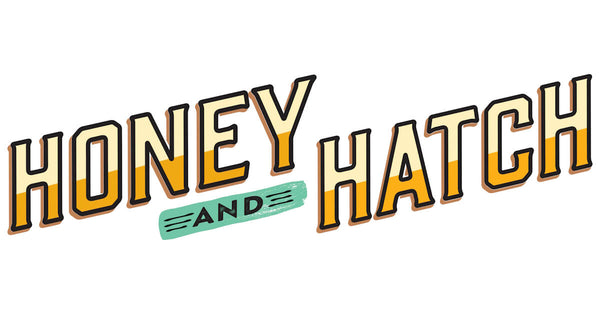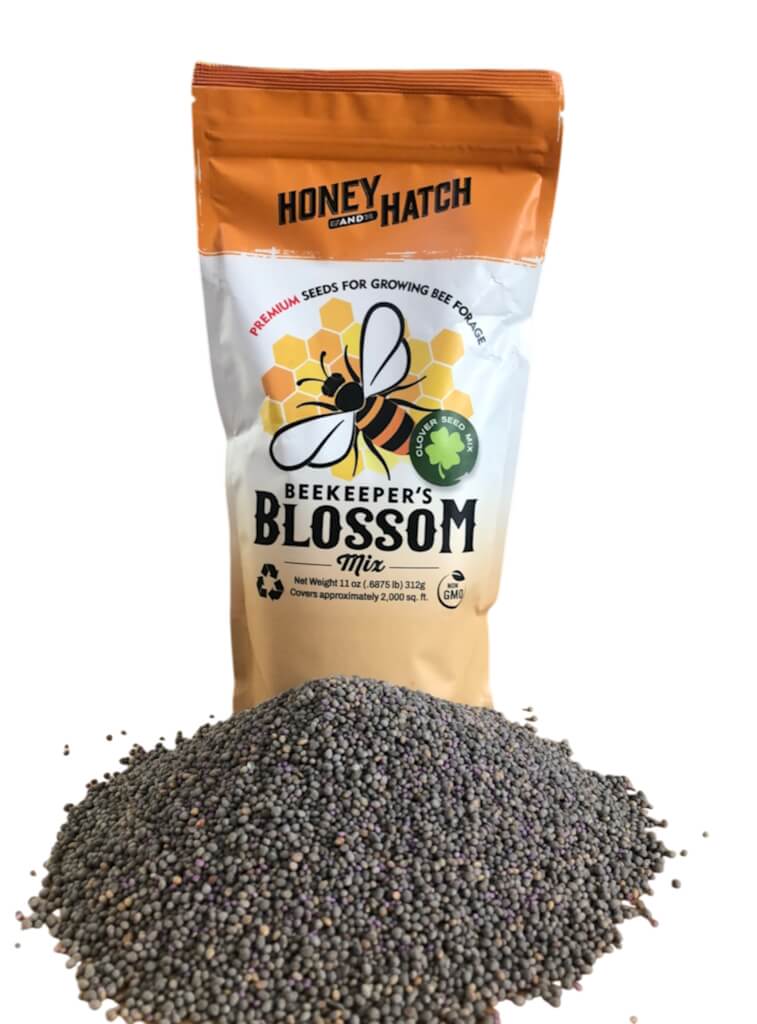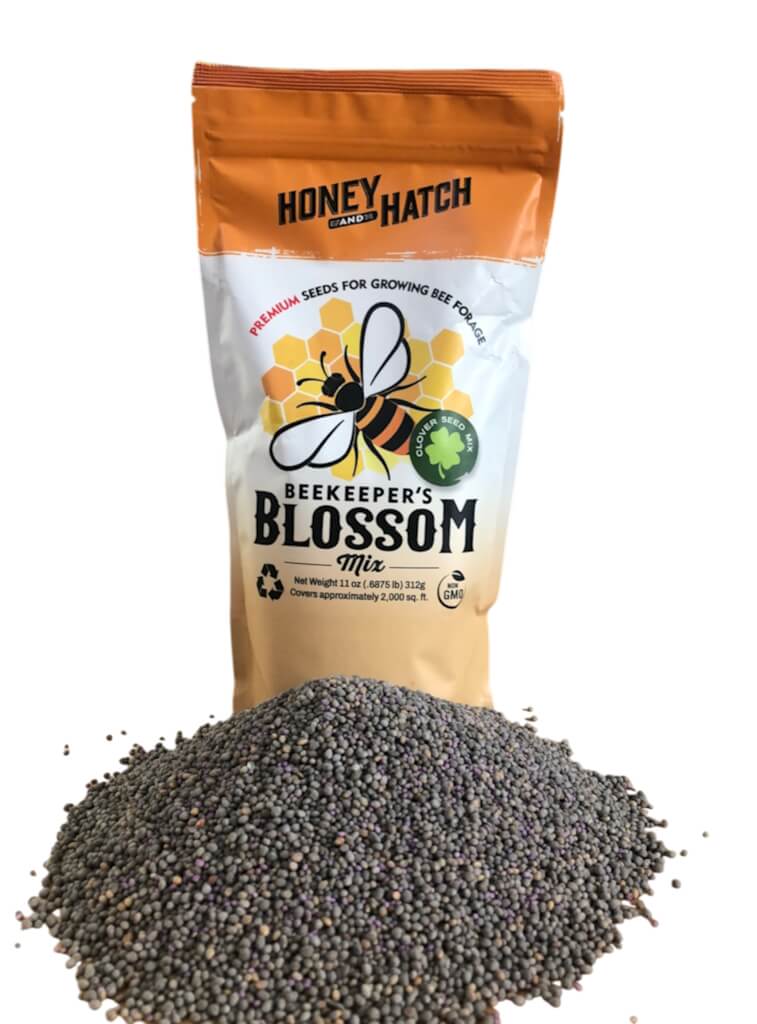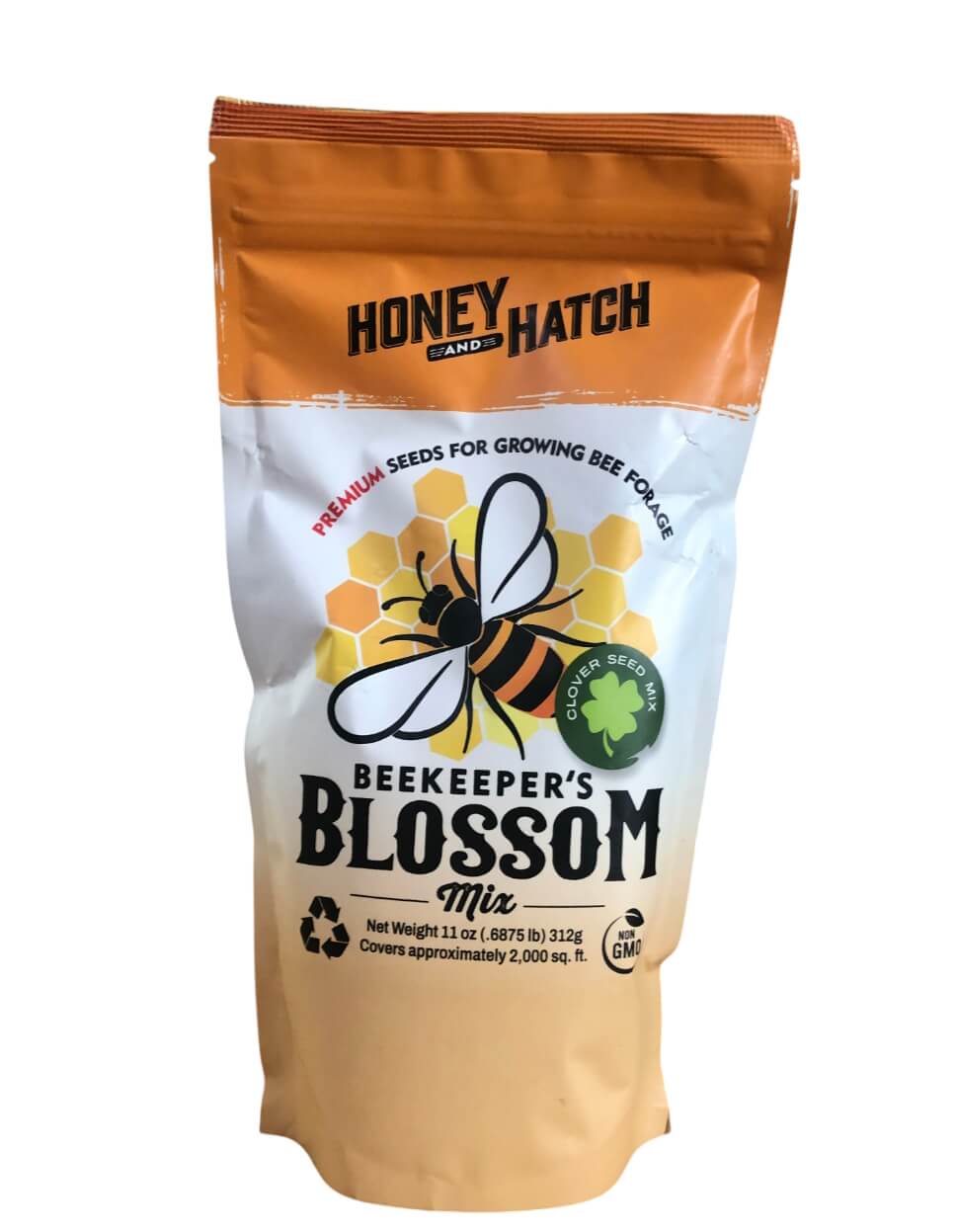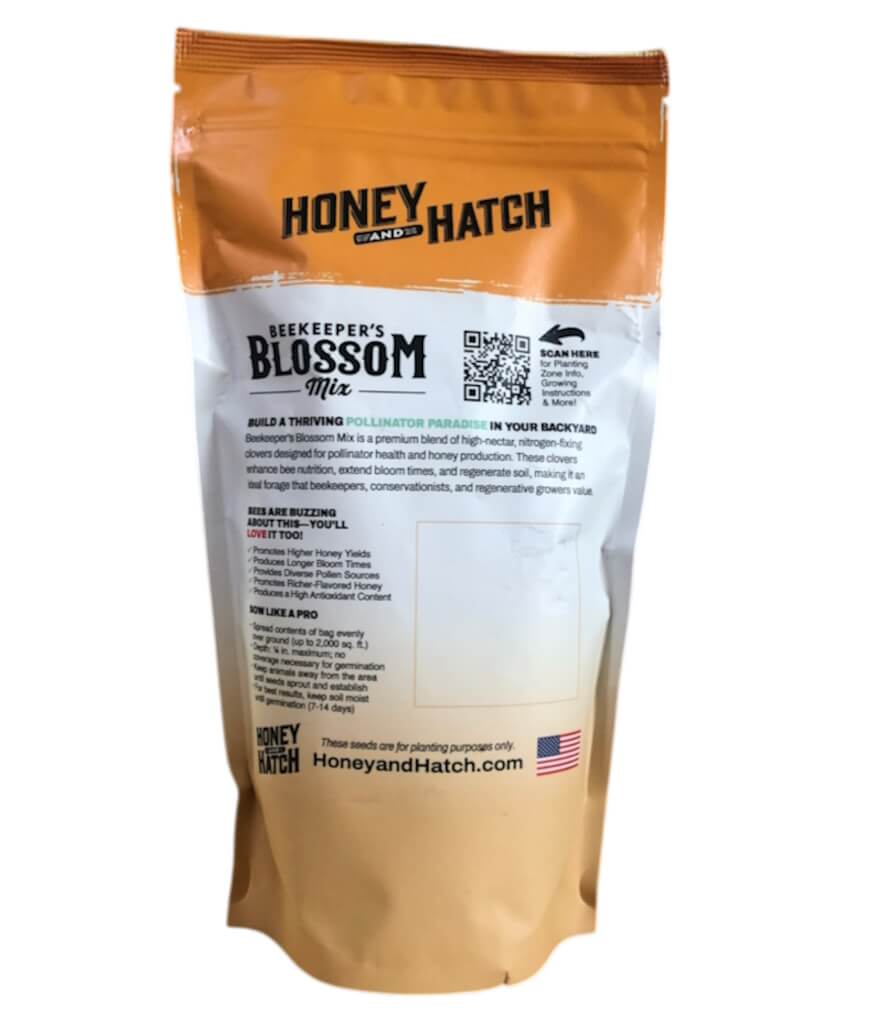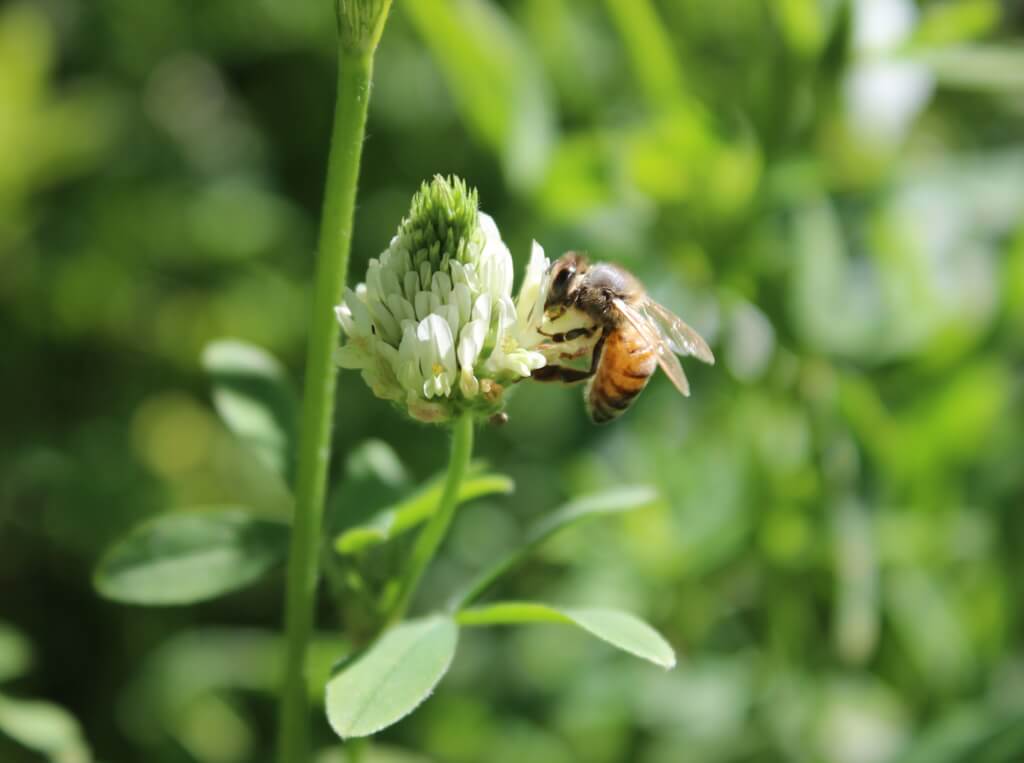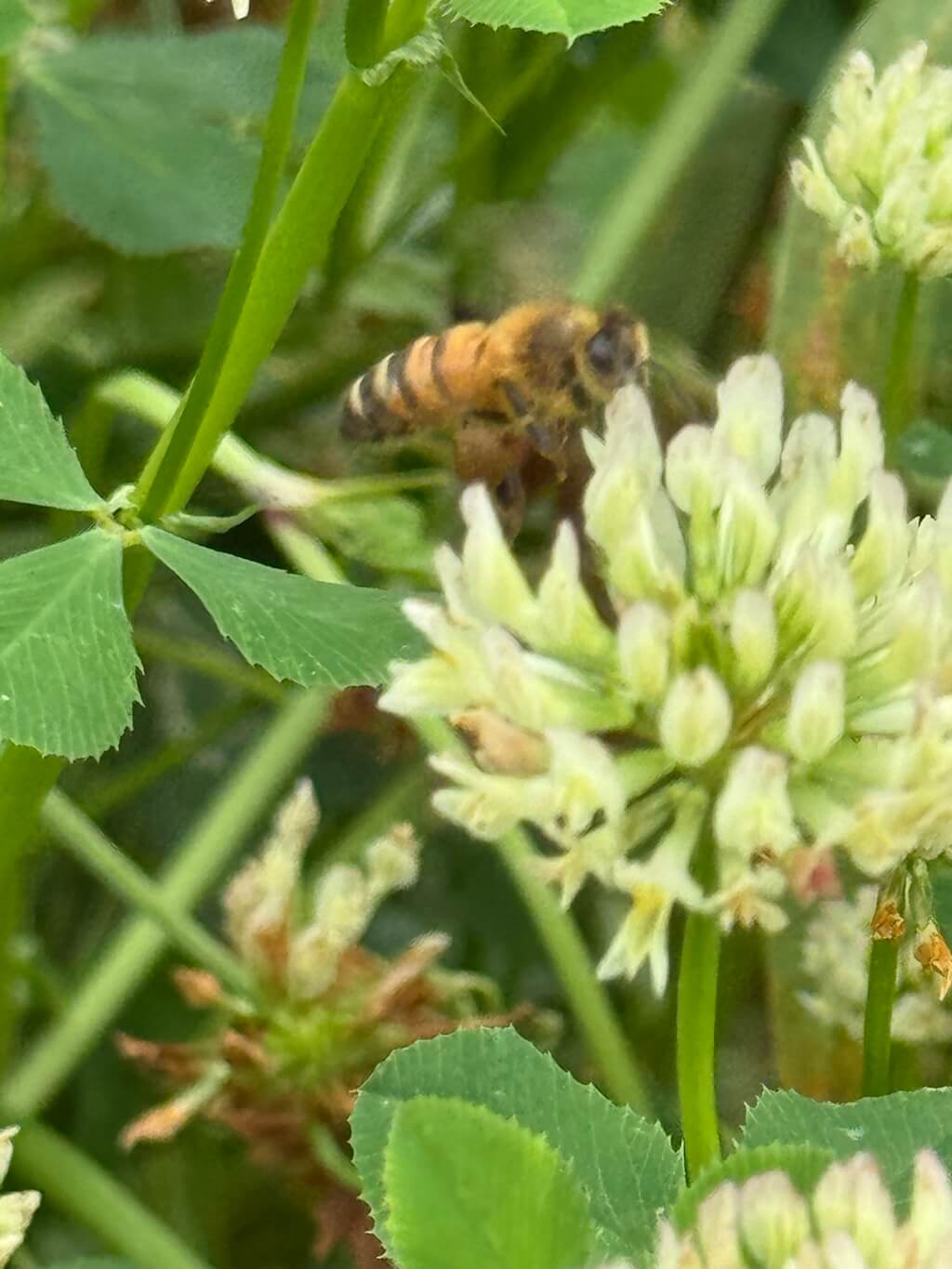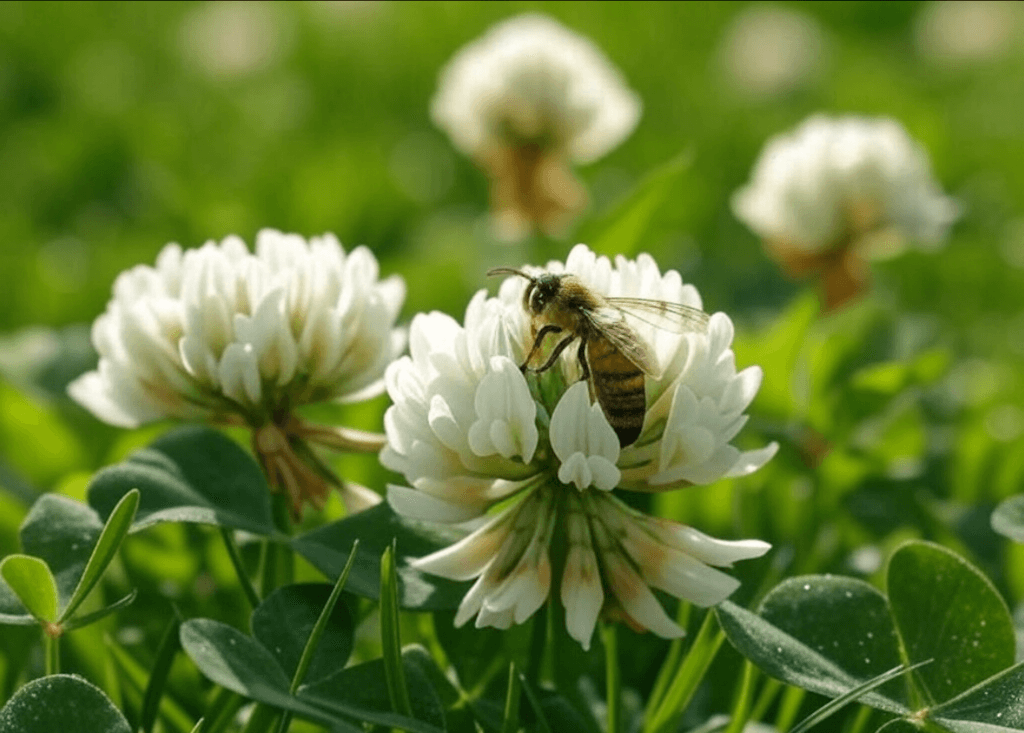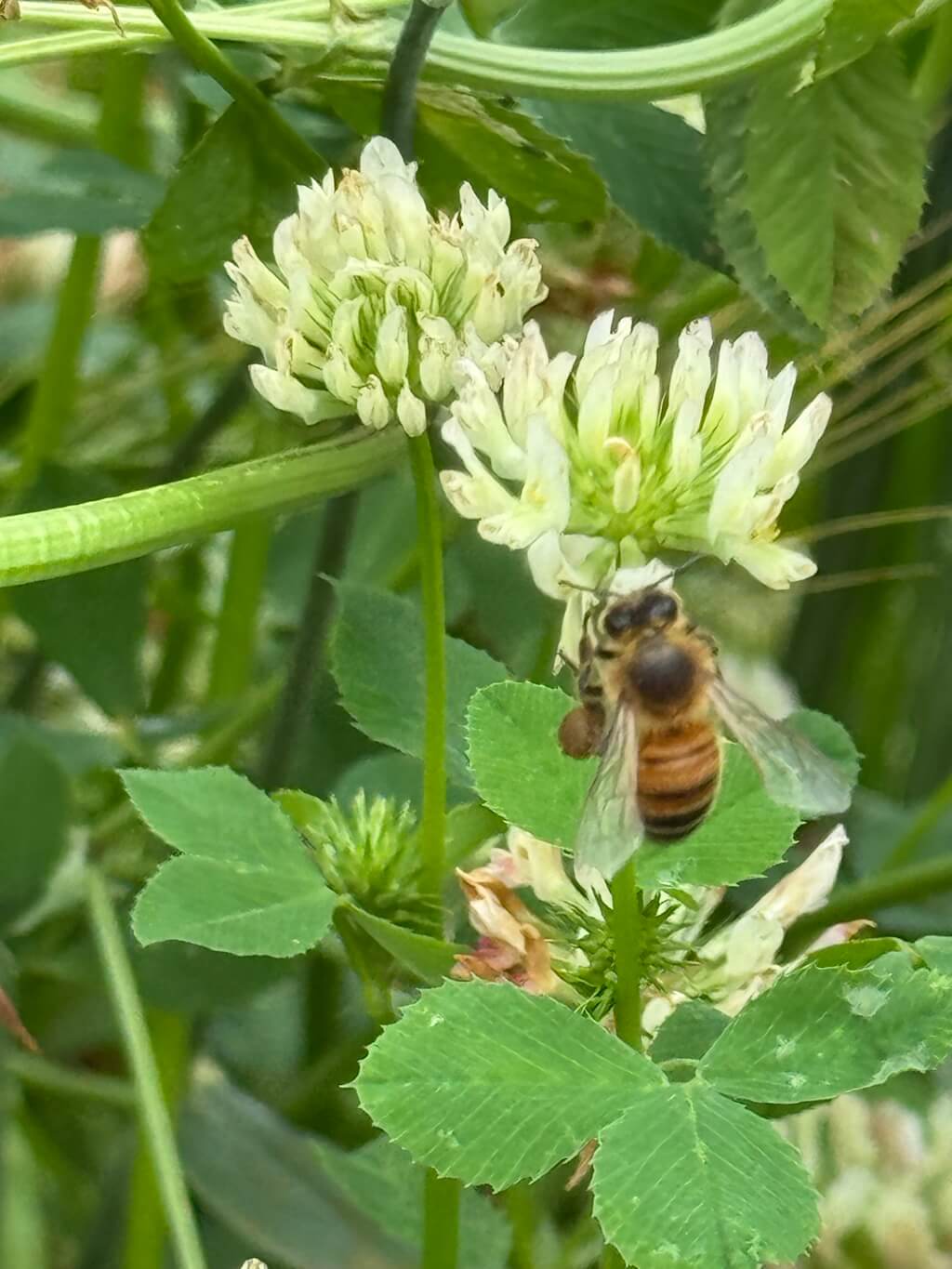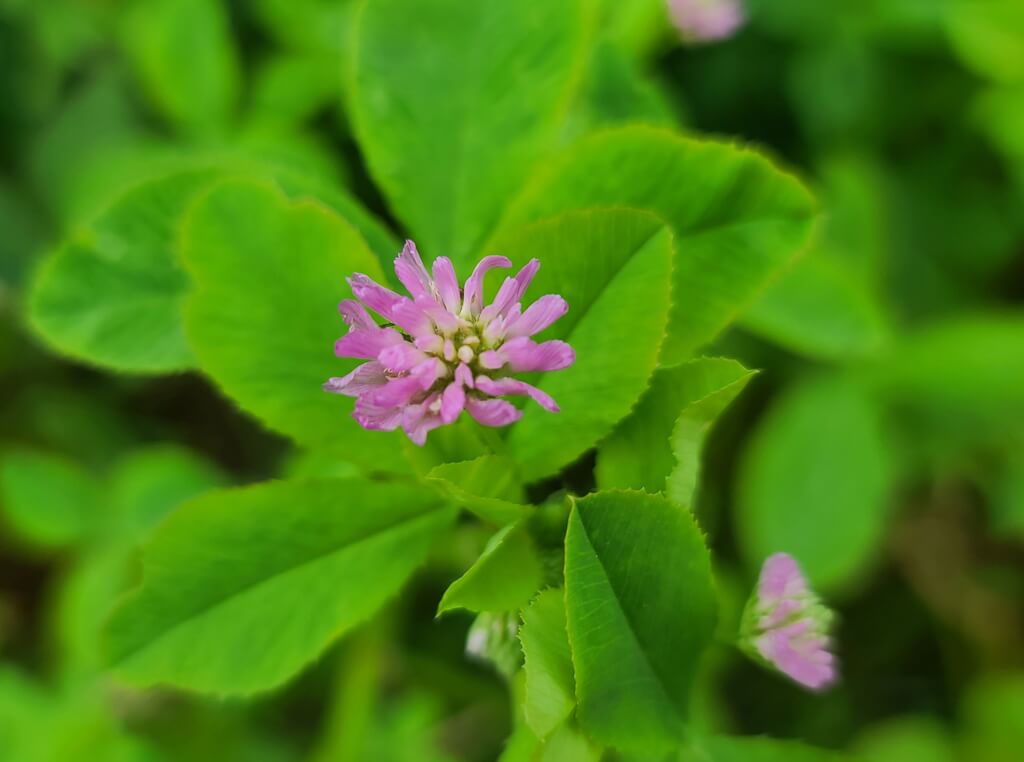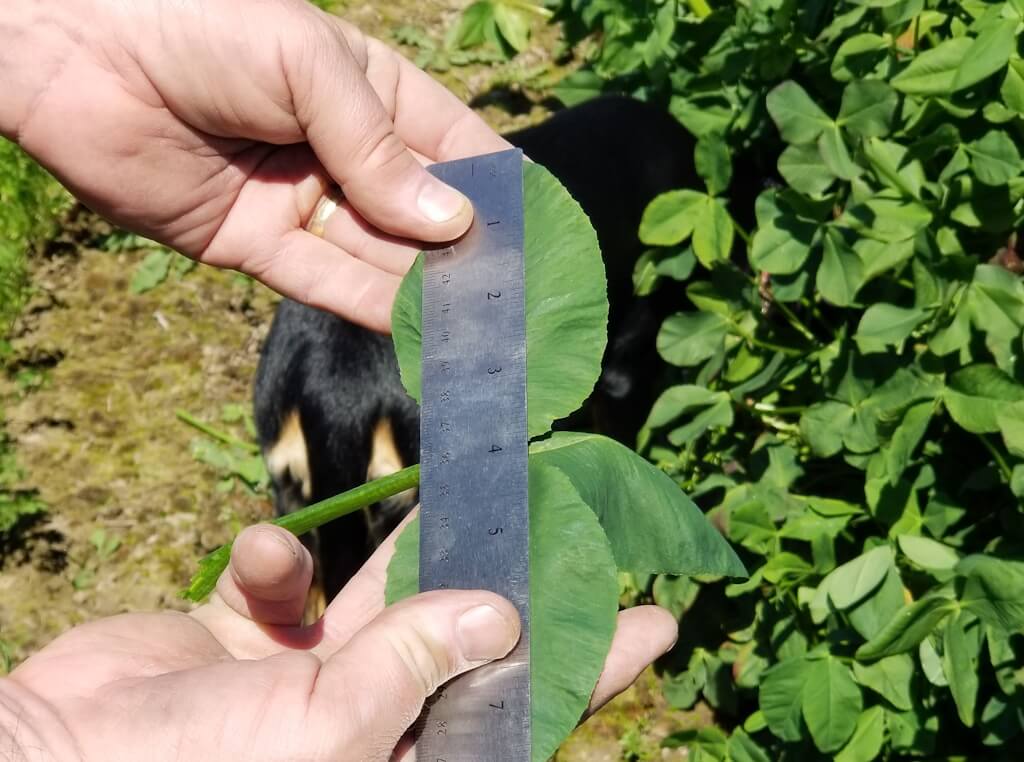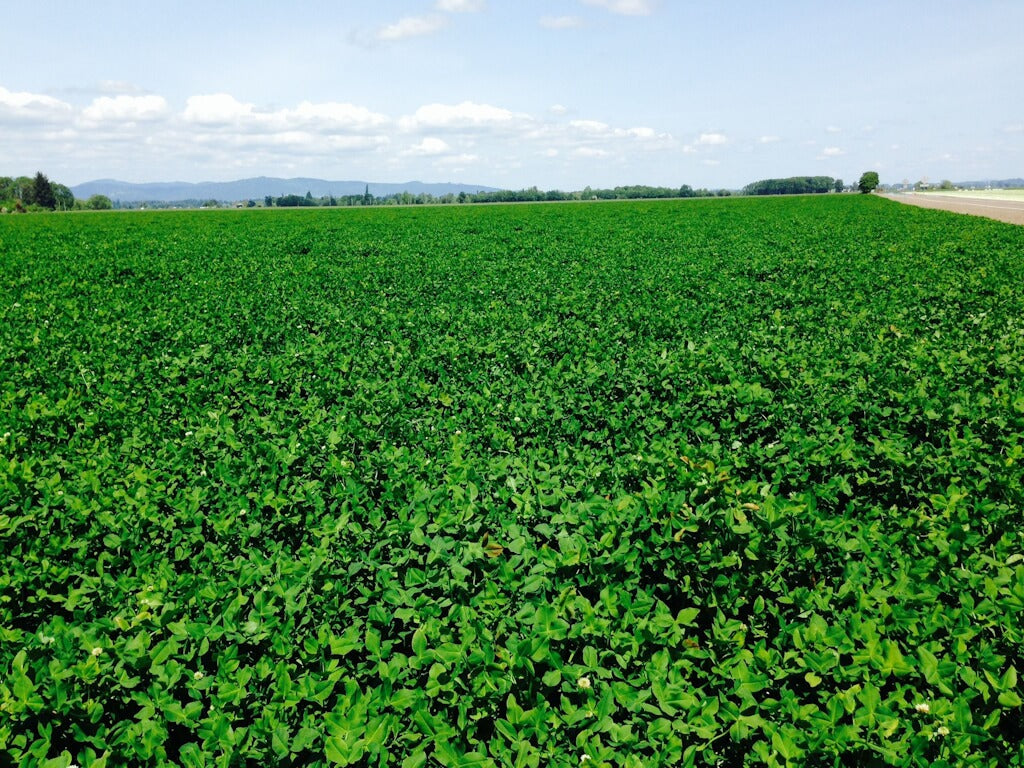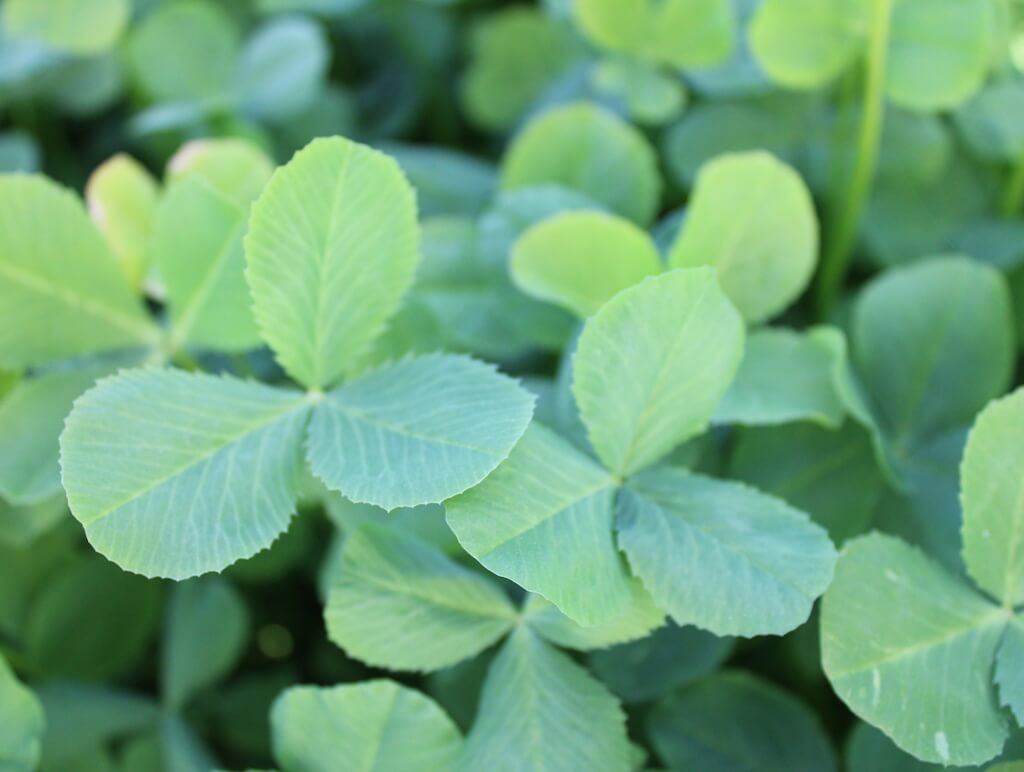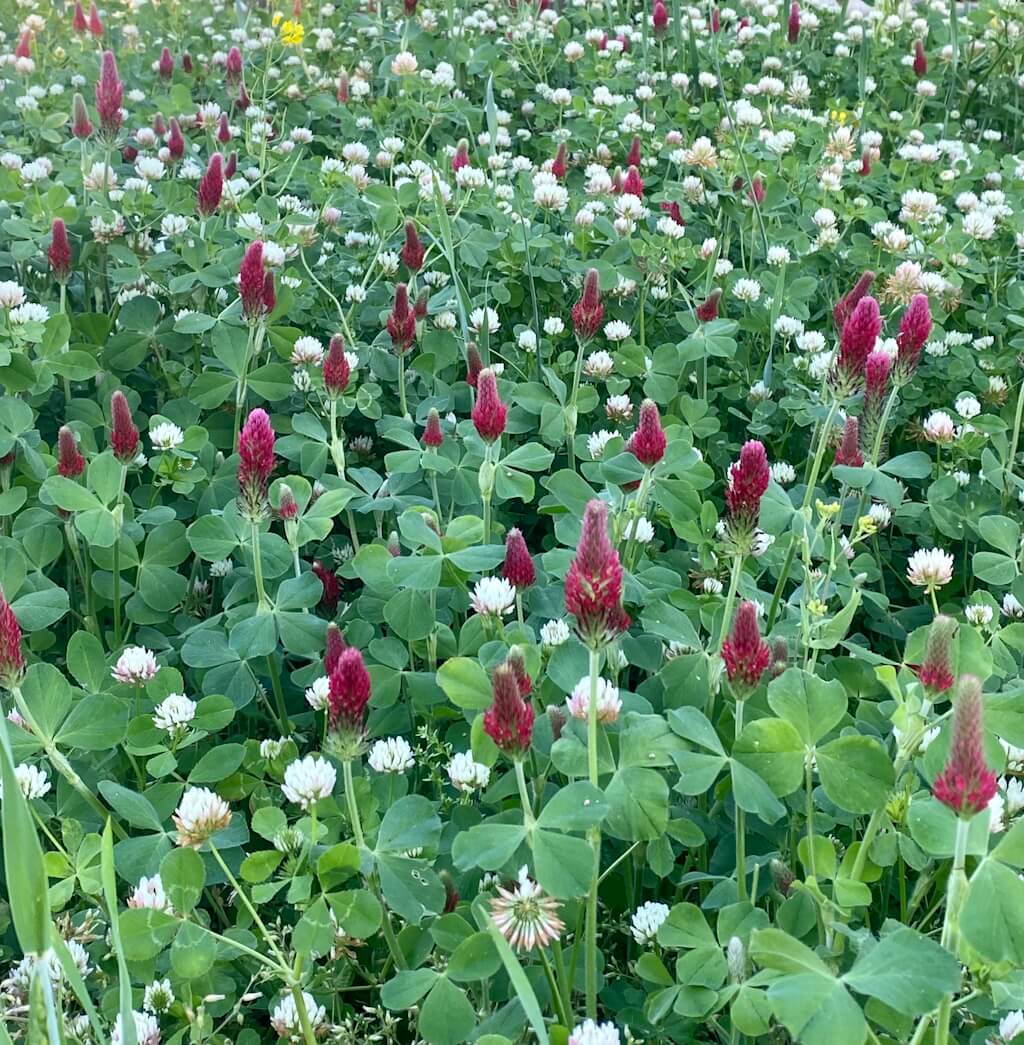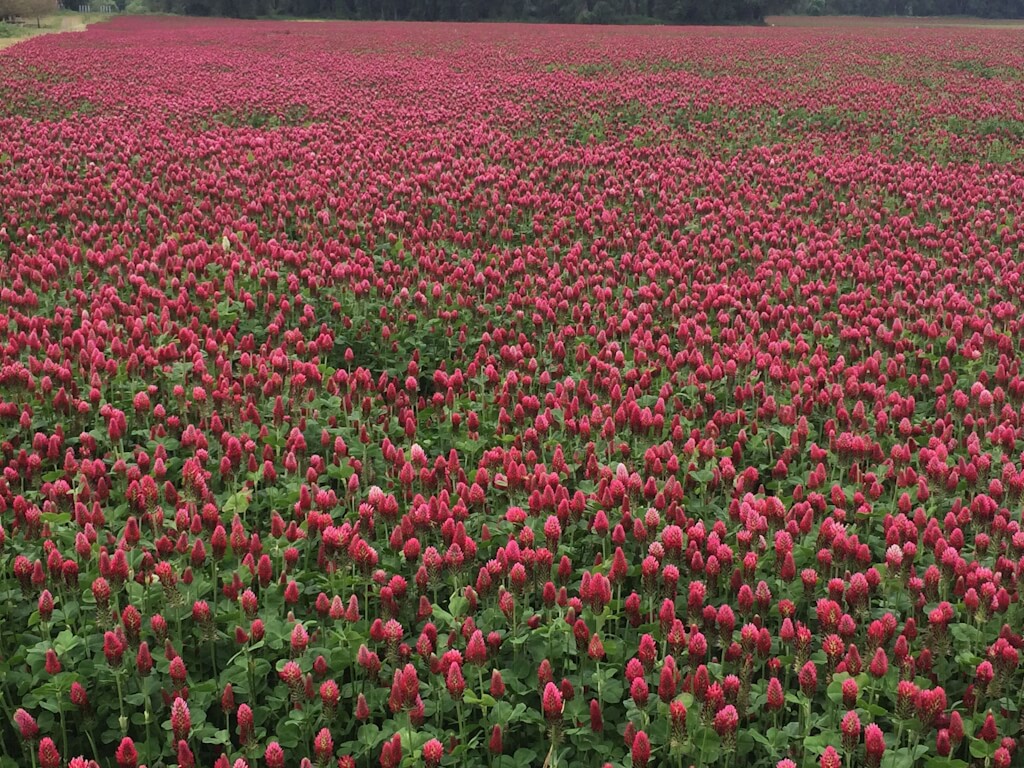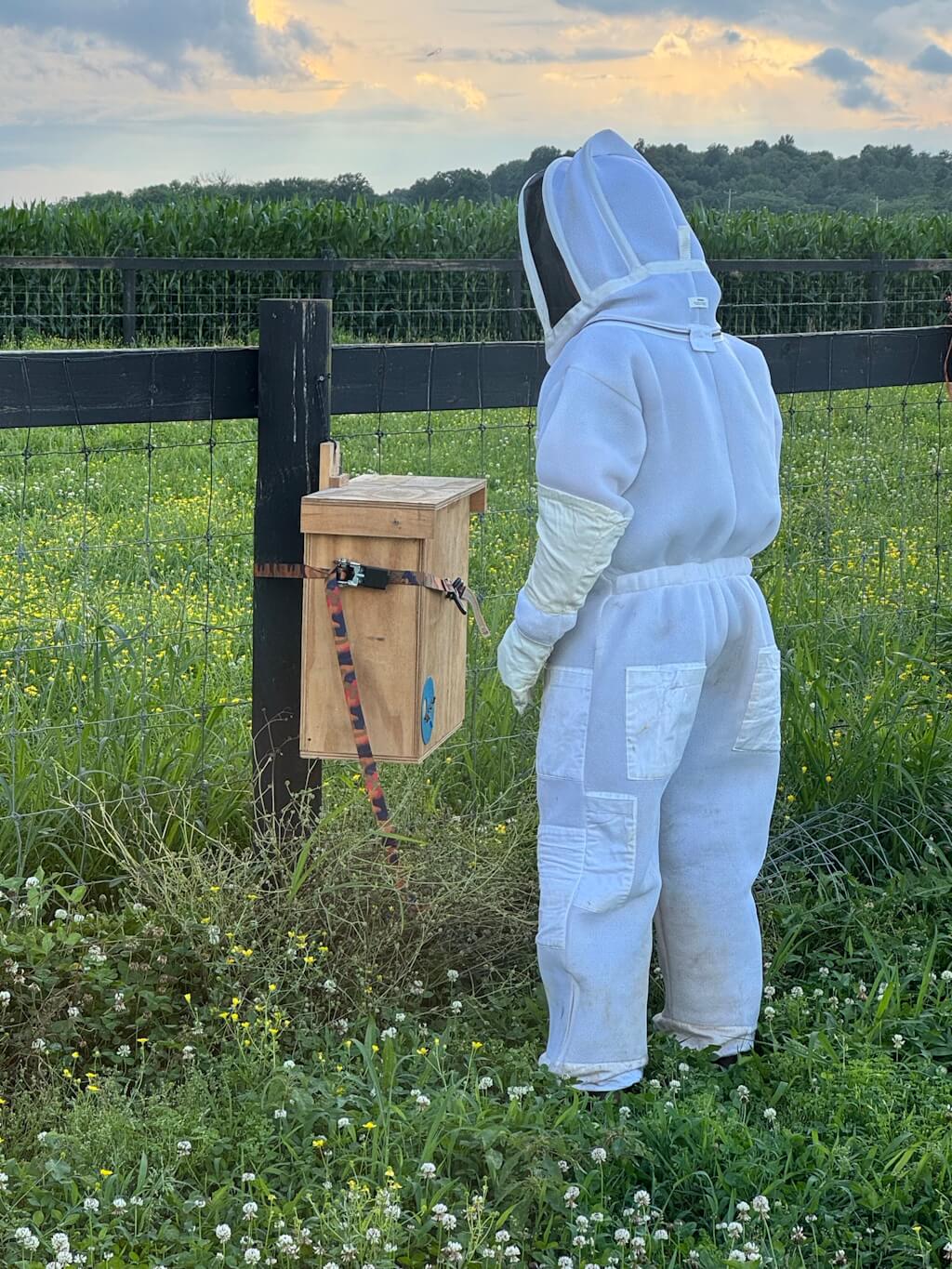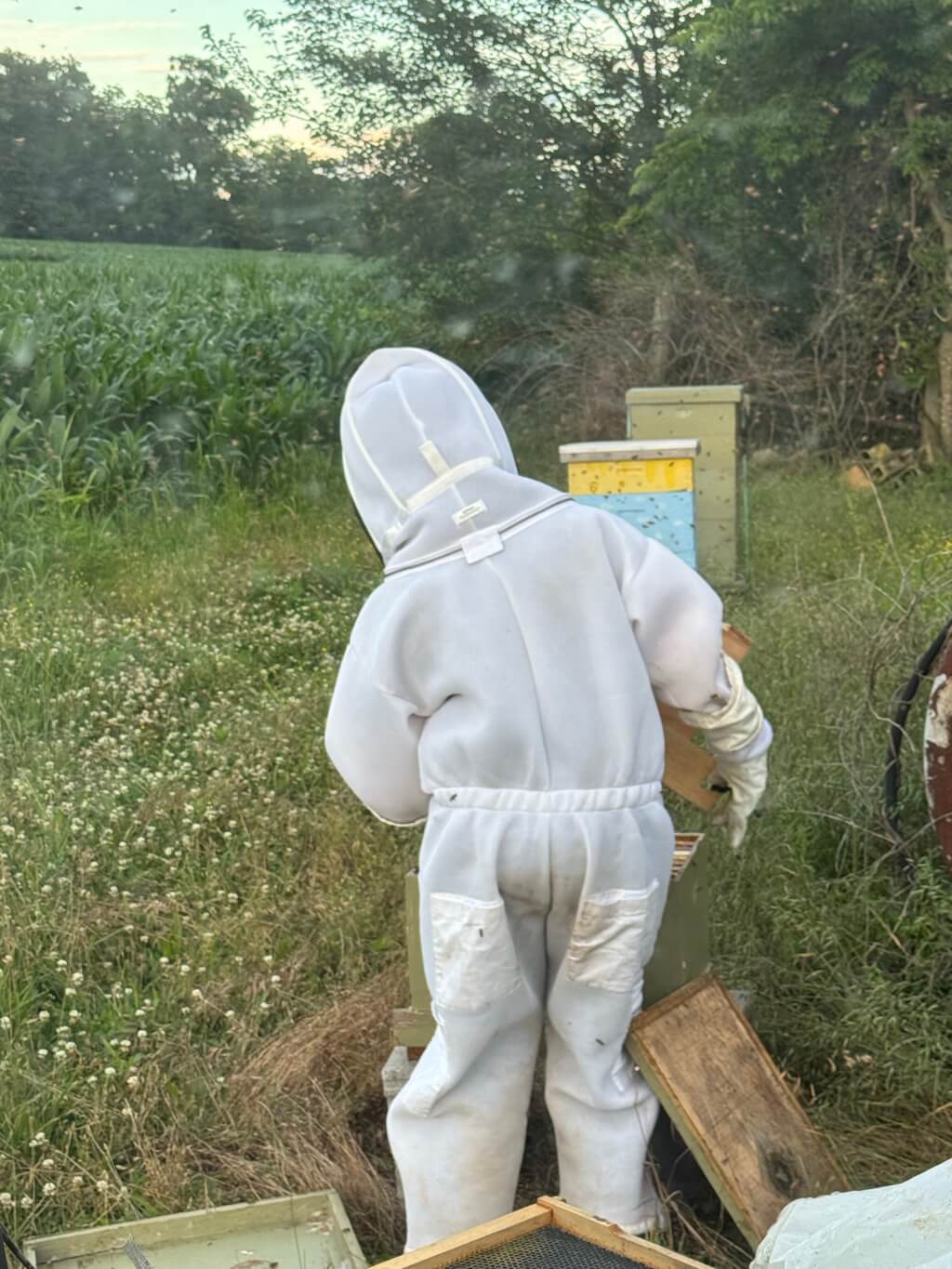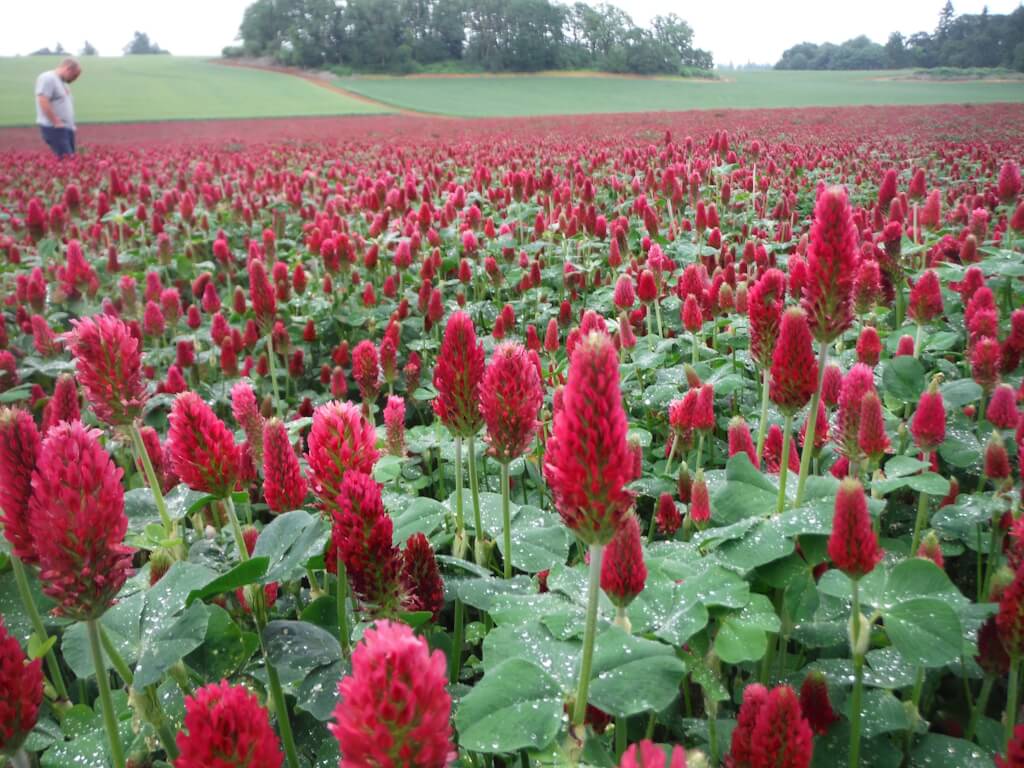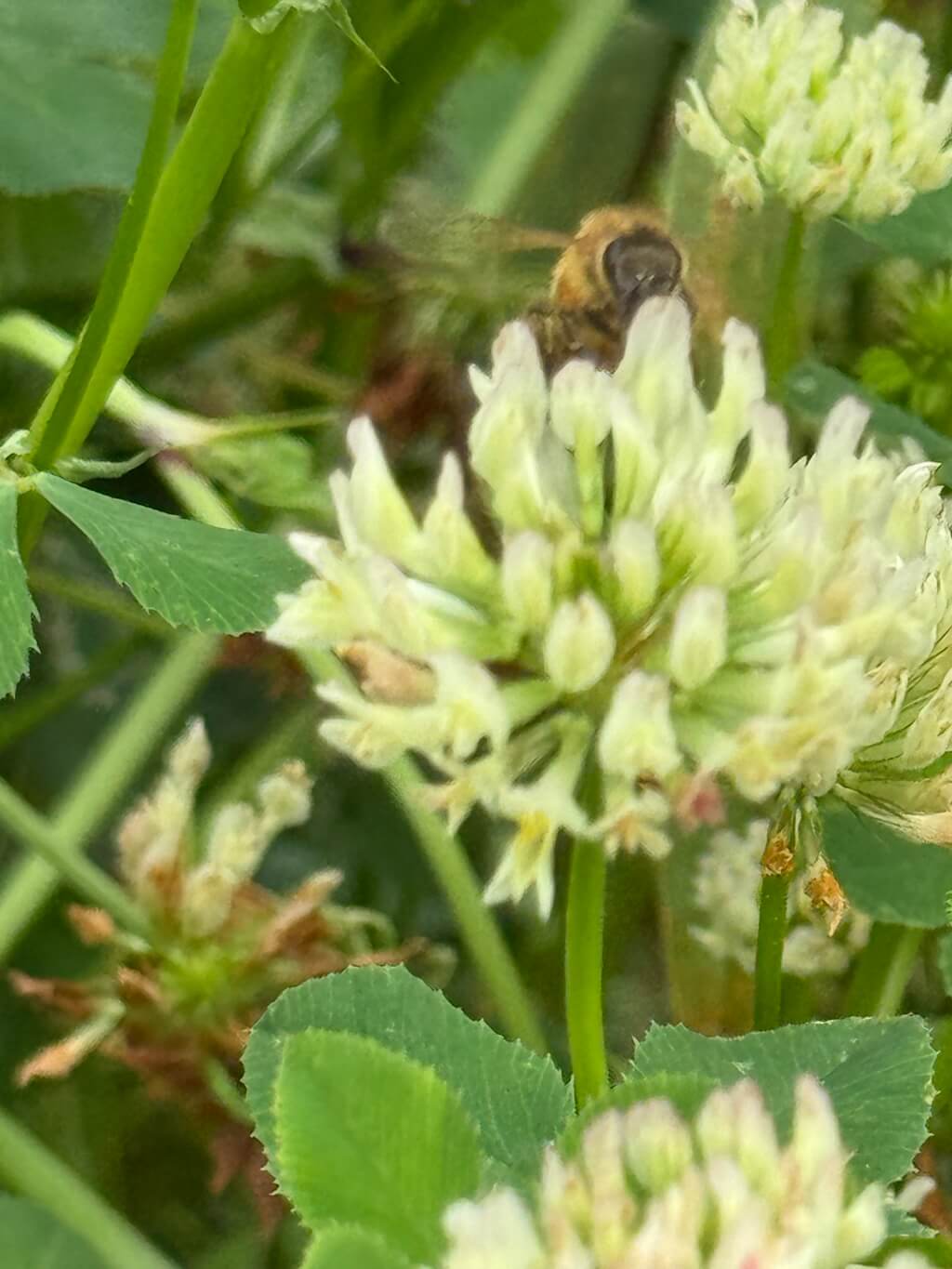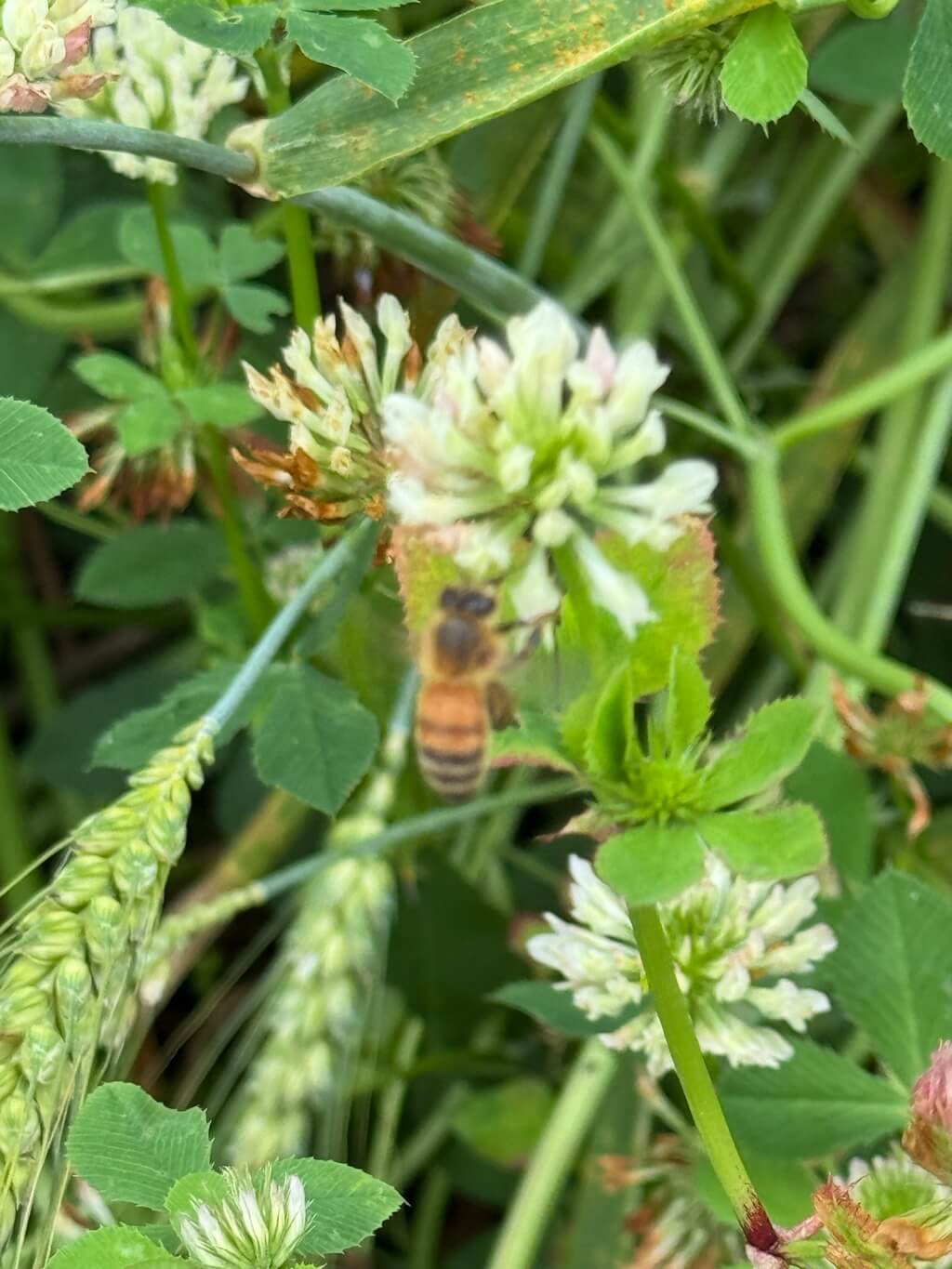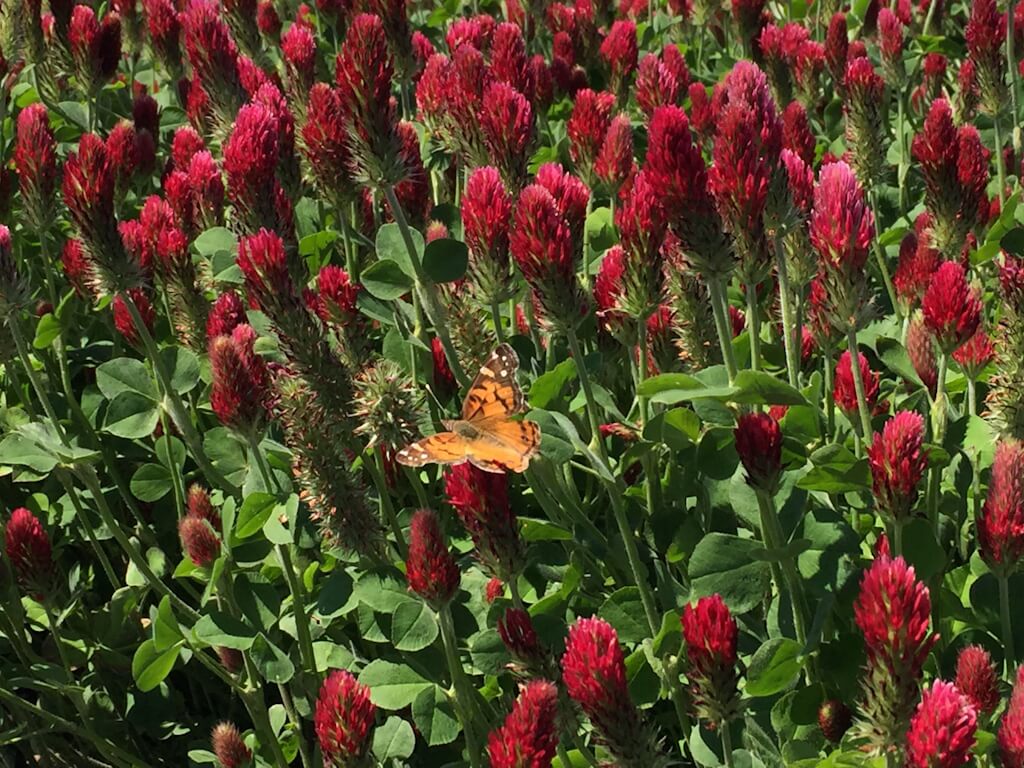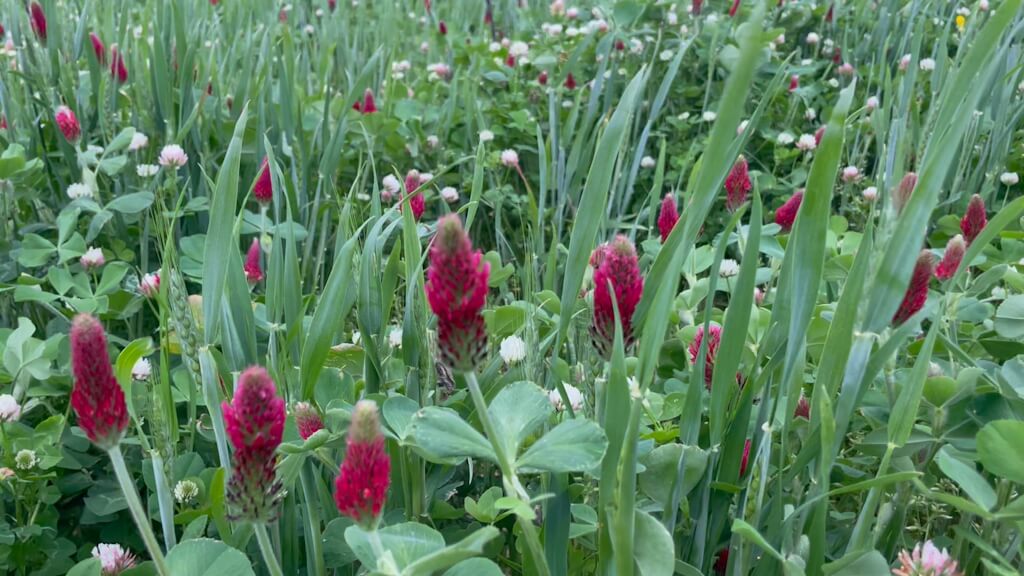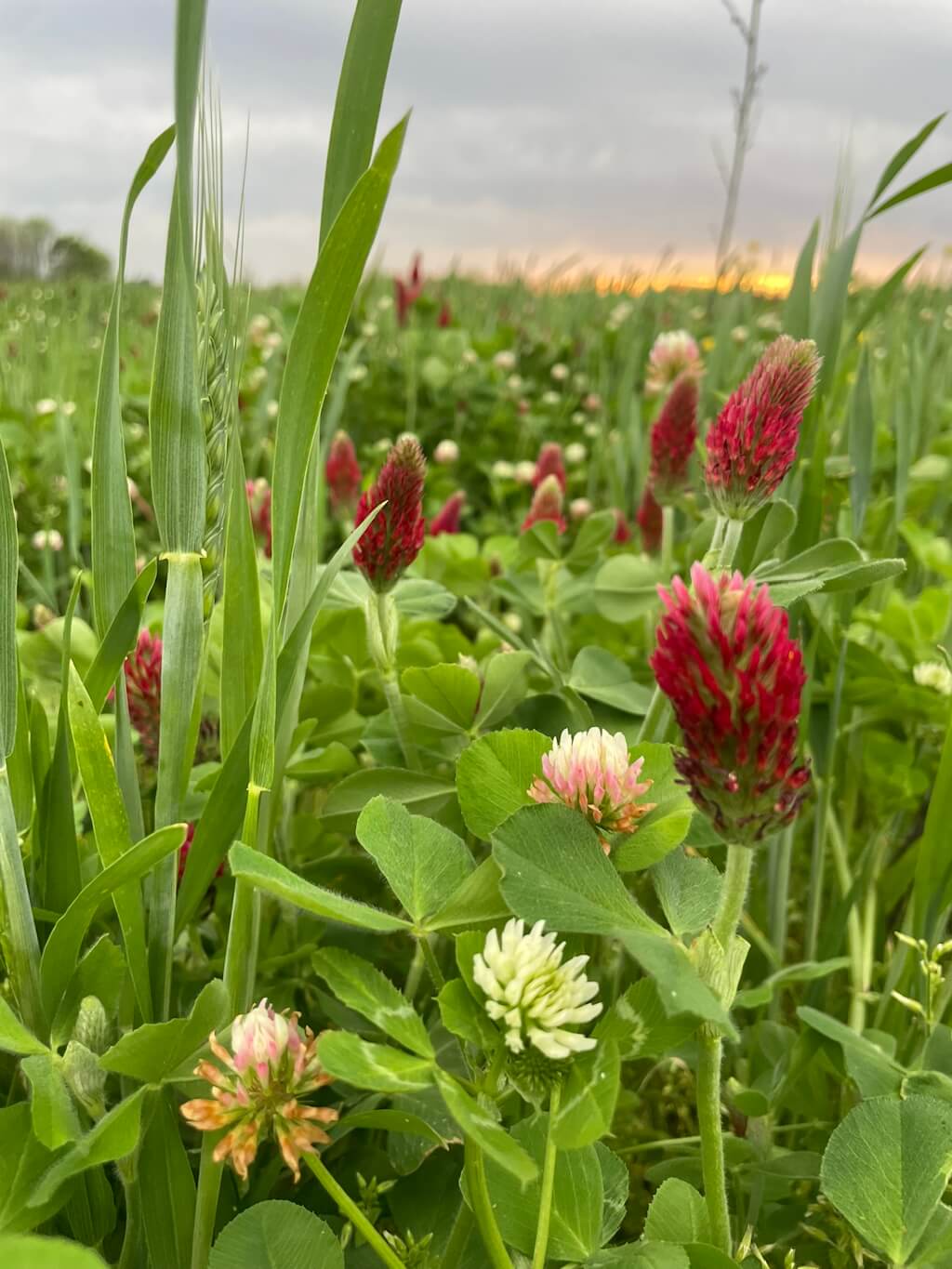
How Clover Helps Bees & Beekeepers: Feed Your Hives with Continuous Bloom
Share
- By Tiffany Jenkins, Founder of Honey & Hatch
Why Bees Struggle to Find Food All Season — and Why It Matters
If you’re a gardener, beekeeper, or pollinator advocate, you already know how vital bees are. These tiny workers pollinate more than 75% of flowering plants and about one-third of the food we eat. But what many don’t realize is just how hard it is for bees to find reliable, nutritious food throughout the year.
In early spring, when hives emerge from winter, they’re desperate for energy. In midsummer, flowers can be scarce during hot, dry periods. And in fall, bees need to fatten up before winter — yet by then many gardens are bare.
This seasonal gap — often called the “forage famine” — stresses colonies, weakens hives, lowers honey yields, and shortens lifespans of bees.
The good news?
You can fix this — in your own backyard, apiary, or even lawn — by planting a continuous-bloom forage source like Beekeeper’s Blossom Clover.
Why Clover Is the Best Plant for Bees & Beekeepers
Clover has been beloved by both bees and beekeepers for centuries — and for good reason.
Why clover works:
- Rich nectar & pollen: Clover is a powerful source of carbohydrates (nectar) and protein (pollen) — essential fuel for bees.
- Extended bloom: Many clovers bloom longer than other flowers, bridging gaps between major nectar flows.
- Accessible to all bees: Clover flowers are perfect for honeybees, bumblebees, mason bees, and many solitary species.
- Soil benefits: Clover improves soil health, so it’s a win-win for you and your garden.
- Low maintenance: Once established, it thrives with little care and no chemicals.
But there’s a catch: no single clover species blooms all season long. That’s why Honey & Hatch created Beekeeper’s Blossom.
The Power of a Continuous Bloom: Beekeeper’s Blossom Mix
Beekeeper’s Blossom combines four premium clover varieties — Crimson, Berseem, Balansa, and Persian — each chosen because they bloom at slightly different times, ensuring bees have something to eat from early spring through fall.
What’s in the mix:
- Crimson Clover. Bloom time is early spring through early summer. Fast-growing, vibrant red flowers attract bees early when they need it most.
- Berseem Clover. Bloom time is late spring through mid-summer. High nectar producer with soft white blooms, thrives in warmth.
- Balansa Clover. Bloom time is mid-spring through summer. Resilient, cold- and drought-tolerant with pink-tinged blooms.
- Persian Clover. Bloom time is late spring through summer. Delicate lilac flowers that keep bees fed as other flowers fade.
Together, they create a seamless nectar corridor — reducing stress on your bees and maximizing honey production.
Why Beekeepers Choose Clover Over Other Plants
Beekeepers know that healthy hives = healthy honey. Here’s how planting clover near your hives helps:
- 🐝 Increases honey yield & quality - Clover honey is prized for its mild flavor and clarity.
- 🐝 Strengthens colonies - Better nutrition supports brood rearing and overwintering success.
- 🐝 Reduces foraging stress - Bees don’t have to travel far, saving energy and improving survival.
- 🐝 Supports biodiversity - Also attracts butterflies, beneficial insects, and birds.
Planting a clover mix is far superior to scattering random flowers because it ensures continuous, balanced nutrition and covers gaps when nothing else blooms.
Step-by-Step: How to Plant Beekeeper’s Blossom for Maximum Results
You don’t need acres to make a difference — even a small patch in a suburban yard can help.
What You’ll Need:
- Beekeeper’s Blossom seed
- Hand Seeder
- Rake
- Hose or sprinkler
🌱 Planting Guide:
- Choose your site — Full sun or partial shade, near your hives if possible.
- Prepare the ground — Mow existing grass short and loosen the soil surface.
- Sow the seed — Scatter evenly; use 11 oz. over 2,000 square feet
- Lightly rake & press — Cover seeds just enough to protect them.
- Water well — Keep soil moist until seedlings are established (2–3 weeks).
- Avoid chemicals — Skip herbicides and nitrogen fertilizers — clover doesn’t need them!
Maintenance Tips:
- Mow high (4–6") after blooms fade to encourage re-bloom.
- Overseed each year for a denser stand.
- Rotate patches if you keep bees in one area for several seasons.
Common Questions About Planting Clover for Bees
Will clover take over my yard?
No — clover integrates into lawns and gardens without becoming invasive. It’s easy to manage by mowing or pulling if needed.
Can I plant it with other flowers?
Absolutely! Clover pairs beautifully with wildflowers and herbs like lavender, thyme, and borage.
How close to my hives should I plant?
Within 50–200 feet is ideal. Bees can forage up to 3 miles, but closer forage reduces energy use and improves productivity.
Why Choose Honey & Hatch’s Beekeeper’s Blossom?
Unlike cheap, single-variety seed, Beekeeper’s Blossom is crafted specifically for pollinators:
- Four premium clovers with staggered bloom times
- Higher nectar & pollen yield per square foot
- Heat, cold, and drought tolerant
- Grown sustainably without harmful chemicals
- Beautiful and beneficial for your yard & hives
Every Garden Makes a Difference
Whether you’re managing dozens of hives or simply love seeing bees buzzing in your yard, planting Beekeeper’s Blossom helps your bees thrive — and helps the planet, too.
By feeding your hives continuously, you reduce their stress, strengthen colonies, improve honey quality, and support biodiversity in your area.
With Beekeeper’s Blossom, your bees never go hungry — and neither does your soil or garden.
